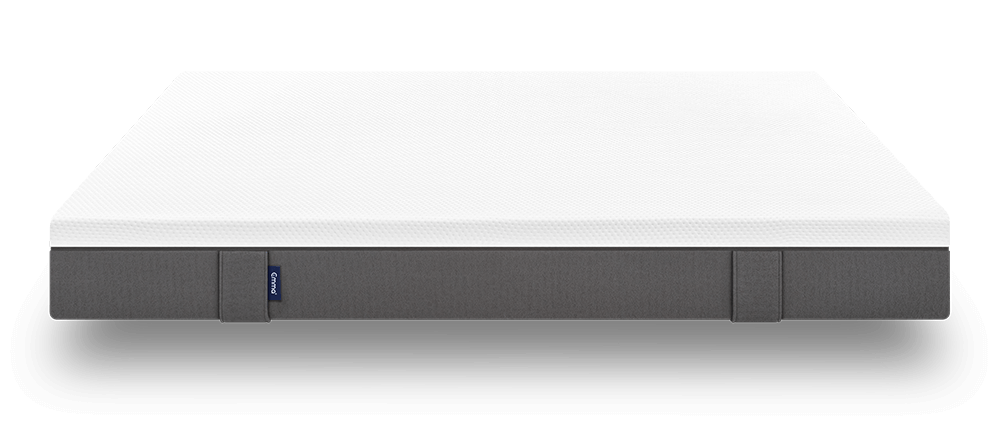Point Elasticity
What does point elasticity refer to?
If a mattress only yields directly at the point where pressure is exerted, one speaks of point elasticity. Thus it is elastic at the pressure points and gives way. Orthopedic correct positioning of the vertebral column is ensured. In general terms, point elasticity specifies the resilience or surface properties of a mattress. The opposite is the so-called surface elasticity. This cushions the pressure over a large area and not exclusively directly at the pressure point. To prevent damage to the posture, a point-elastic mattress is recommended. On the one hand, because it adapts perfectly to the body shape and on the other because it does not allow any space between the body and the mattress.
Why is point elasticity important?
Depending on weight and sleeping position, different body parts sink differently deep. In order to avoid malpositioning of the spine, it is important that the more deeply sinking body parts are well cushioned while supporting the rest of the body. As a side sleeper, for example, the body parts to be cushioned are the shoulders and the pelvis. Especially for people with back problems, a point-elastic mattress is recommendable, since it keeps the vertebral column in its natural position.
Point-elastic mattresses
In general, the higher the volume weight, the greater the point-elasticity.
Examples for point-elastic mattresses are:
- Cold foam mattresses – their large volume weight (at least RG60) allows for an orthopedically correct sleep.
- Pocket sprung mattresses – here, the number of springs determines the point-elasticity of the mattress
The Emma Original Mattress
The Emma Original Mattress has 4 different layers:
- Special climate fibre cover to regulate humidity. Machine washable!
- Airgocell® foam, point-elastic to balance pressure and provide high breathability
- Visco-elastic memory foam to adapt to your exact body and sleeping type
- Cold base foam optimized to offer pressure relieving support for lower back and spine
Sleep Better.
Try it Now!

